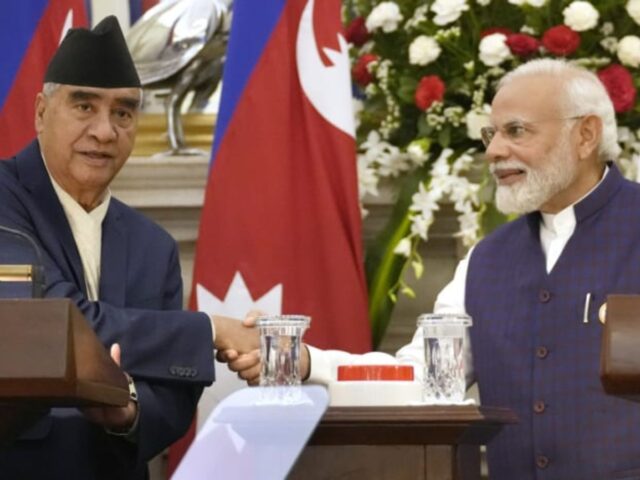The Union Cabinet of India, which was chaired by Prime Minister Narendra Modi, ratified the signing of an MoU between India and Nepal in the sphere of biodiversity conservation recently. The crucial points of the MoU incorporate the following:
- Both nations are primarily focused on promoting collaboration between them in conserving forests, wildlife, climate change, and the environment.
- It also focuses on the restoration of interlinking areas and corridors and shares best practices and knowledge between the two countries.
- The Indo-Nepal shared borders of over 1850 km touch five states of India: Sikkim, West Bengal, Bihar, Uttar Pradesh, and Uttarakhand. Both nations have already cooperated in the field of wildlife-related issues. However, this MoU would lead to strengthening bilateral cooperation and also building up the management of important cross-border wildlife habitats.
- The cooperation will help in the better conservation of wild animals, including tigers, elephants, and rhinos.
- This MoU will also help immensely in tackling the illegal trafficking of wild animals and resources, as there will be improved information sharing.
The shared border between India and Nepal incorporates many wildlife habitats along its length. For instance, the Valmiki Wildlife Sanctuary in Bihar is connected to the Chitwan National Park and Parsa Wildlife Sanctuary in Nepal. Similarly, Uttar Pradesh’s Dhudhwa Tiger Reserve shares its border with Shukla Phanta National Park in Nepal. Thus, the MoU signed is expected to have a greater focus on the regulation of the marginal landscape.
India stands among the 17 mega-diverse countries of the world that are executing several steps in conserving the wildlife population and biodiversity. Prakash Javedkar, the ex-Minister of Environment, Forests, and Climate Change, earlier described India as a land with thriving wildlife and biodiversity. Thus, the Indian government has adopted many rules, regulations, policy initiatives, and various acts to conserve the vast flora and fauna of the country and across the borders conjoining neighboring countries.
India has also signed TPAs with Nepal
Transboundary Protected Areas (TPAs) are areas of land and/or sea that extend across one or more borders between nations. Their constituent parts are dedicated to the preservation and conservation of biological diversity that is maintained through legal and other effective means. In order to protect these areas, India and Nepal have TPAs for the following regions:
- Kanchenjunga Conservation Area: This region is located in the northeastern corner of Nepal near of borders of India and Tibet.
- Terai Arc Landscape (TAL): This region is spread across the Indian states of Uttarakhand, Bihar, and Uttar Pradesh and also in the low-lying hills of Nepal.
- Sacred Himalayan Landscape: 74% of the area is in Nepal, 25% is in the Indian state of Sikkim, and the remainder is in Bhutan.
- Transboundary Manas Conservation Area: The area is a transboundary landscape across the Himalayas in the east that connects to the northeastern states of Assam and Arunachal Pradesh, along with Bhutan.









